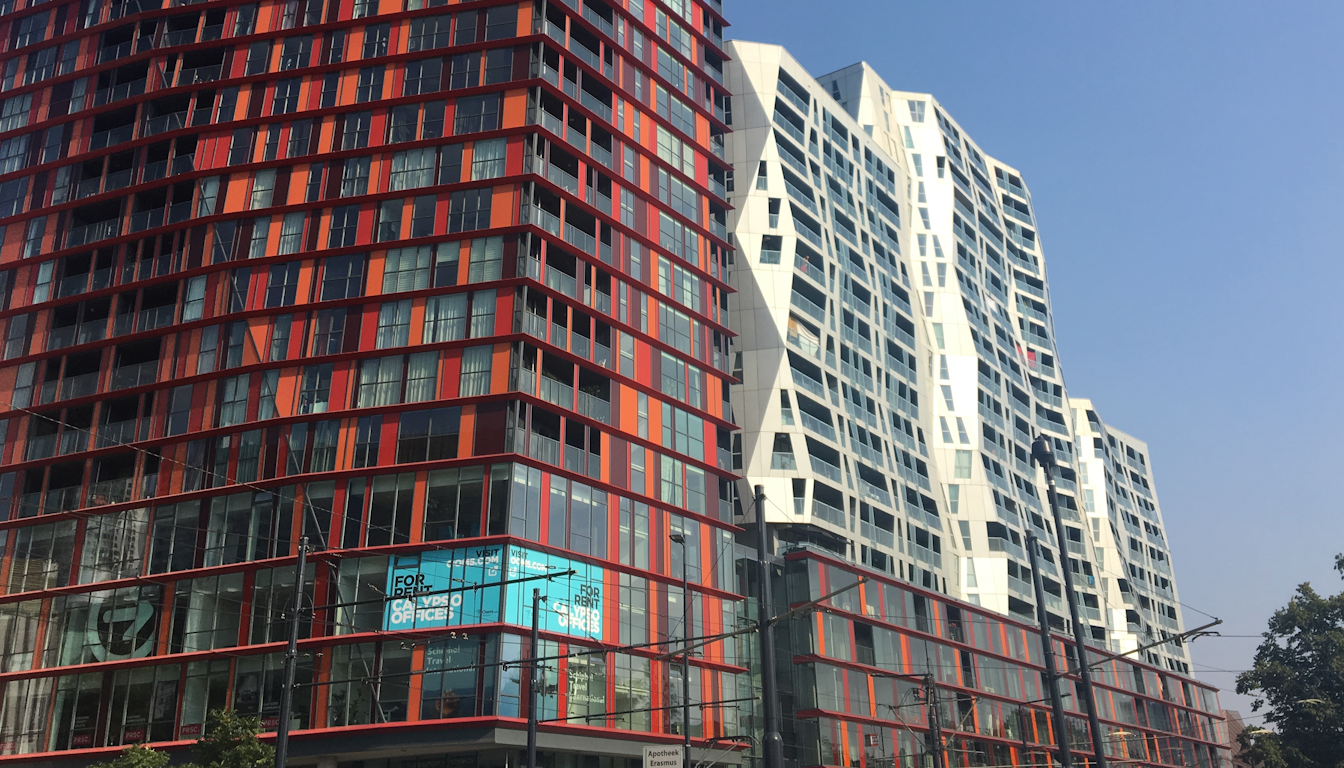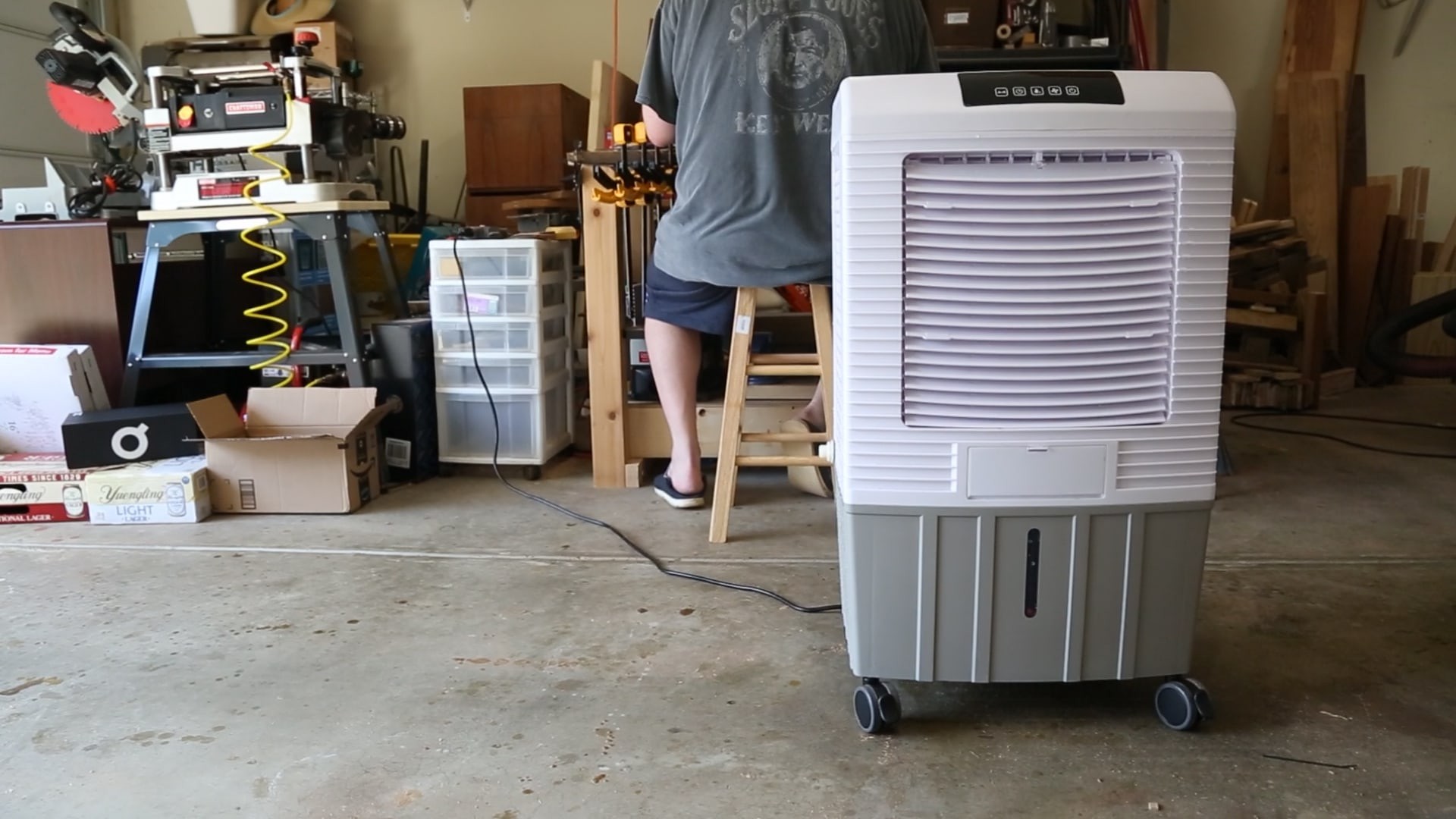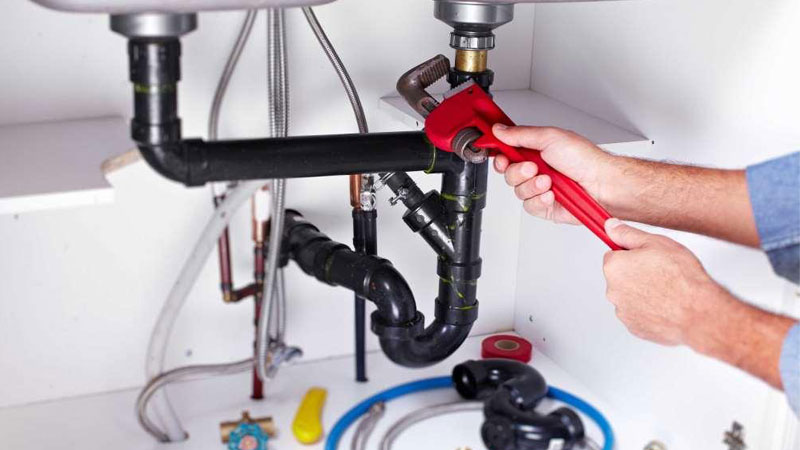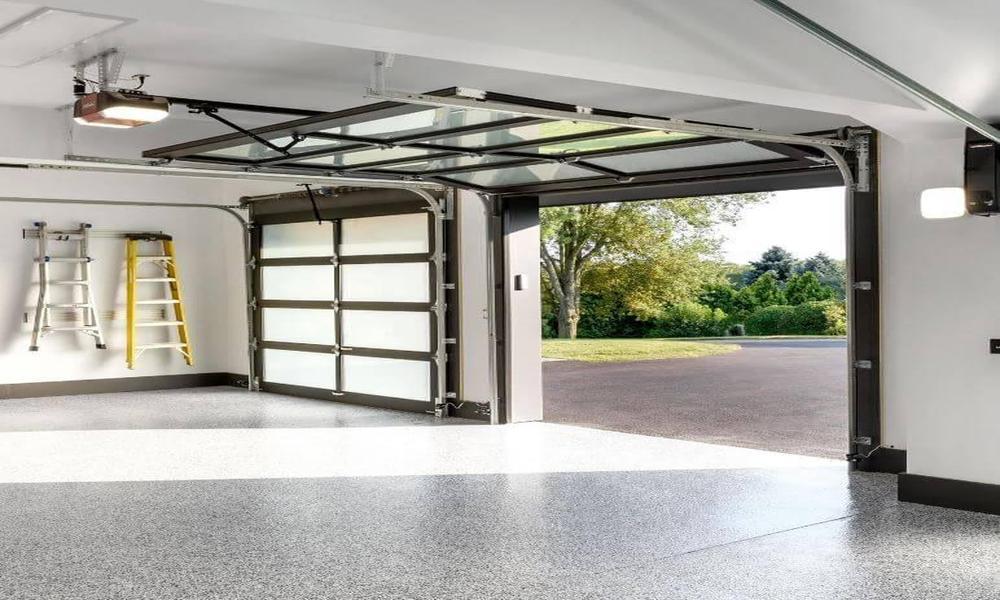Safety and code compliance should be top priorities for any potential buyer when purchasing a condominium. Building codes exist to ensure structures meet minimum safety standards and protect residents. For Springleaf Residence visit springleaf-residences.com.sg to find detailed information about their compliance standards and safety measures. Regular inspections and certifications help maintain these standards, but buyers should still conduct their due diligence before making a significant investment.
Essential documentation to review
Every condominium should maintain proper documentation regarding code compliance and safety measures. As a potential buyer or current resident, you can access this information.
- Certificate of Statutory Completion (CSC) – This document certifies that the building was constructed per the approved plans and complies with building regulations.
- Fire Safety Certificate – Renewed annually, confirms that fire safety measures meet current standards.
- Structural inspection reports – These detail the condition of the building’s structural elements.
- Maintenance records – Documentation of regular maintenance activities helps identify issues before they become serious problems.
These documents prove the condominium’s commitment to maintaining a safe living environment. Request these documents from the management council or developer and review them carefully for any red flags, like frequent repairs of the same issue or missed inspections.
Identifying potential structural concerns
Structural issues can be costly and dangerous if left unaddressed. When inspecting a condominium for safety and code compliance, pay close attention to signs of structural problems. Wall cracks, especially those that run diagonally or are wider than 3mm, may indicate foundation issues. Water stains on ceilings or walls could point to plumbing problems or roof leaks that might compromise structural integrity over time. Doors and windows that don’t close properly might signal foundation shifting or frame warping. Uneven floors throughout the unit could suggest serious structural concerns beneath the surface. Check for excessive vibrations when walking across floors, which might indicate inadequate support structures.
Professional inspections worth considering
While personal inspections provide valuable insights, professional assessments comprehensively evaluate condominium safety and code compliance. Hiring a licensed building inspector gives you access to expert opinion on the property’s condition. These professionals can identify issues that might escape an untrained eye and recommend addressing any concerns. Electrical systems assessments help ensure wiring meets current safety standards and doesn’t pose fire risks. Plumbing inspections identify leaks or potential water damage that could compromise structural elements.
Evaluating management’s commitment to safety
The management council’s approach to safety and maintenance speaks volumes about a condominium’s long-term viability and compliance with building codes. Review meeting minutes from management council meetings to understand their priorities and how they address maintenance issues. Check if they have a comprehensive preventive maintenance schedule rather than just responding to problems as they arise. Observe how quickly management addresses reported issues, particularly those related to safety. A proactive management team prioritises preventive measures and addresses concerns promptly. Look into the adequacy of the condominium’s sinking fund for major repairs and replacements. Insufficient funds might lead to cutting corners on necessary maintenance or upgrades to meet current code requirements.
By thoroughly investigating these aspects, potential buyers and current residents can better ensure their condominium meets building code requirements and maintains high safety standards. This process helps protect both your investment and personal safety in your home.



